DOWNLOAD FREE PATTERN
Introduction to Mosaic Crochet
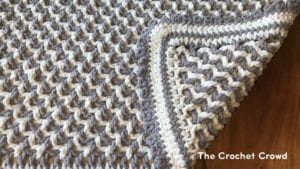
Mosaic Crochet is an old technique that has a useful purpose for today's crocheter. It is the art form of putting two filet meshes together to form intricate mosaic designs. To me, the sample baby blanket I did reminds me of a floor mosaic I saw in a hotel in Rome. To me, it seems timeless. This is the Beginner Introduction to Mosaic Blanket.
What Exactly is Mosaic Crochet?
It's when you have two different meshes in each their own colour mixing with each other without actually connecting directly. The stitches are working in and out of gap spaces in self-created meshes to form the incredible mosaic appearing shapes.
This concept allows for very creative breaks of colour for texture defining outlines that can appear.
Pattern Suggestions
- Crochet Sweet High Tops Pattern
- Crochet Flower Petal Cardigan Pattern
- Crochet Baby Tiles for Miles Blanket Pattern
- Crochet Mountain Peaks Scarf Pattern
- Crochet Chevron Self Striping Blanket Pattern
Introductory Mosaic Crochet Tutorial
This tutorial is showing the steps involved in beginning to do Mosaic Crochet Techniques. It is showcasing the Zig-Zag Design as a beginner sampler tutorial if you want to try one. All the pictures seen below are directly from this tutorial.
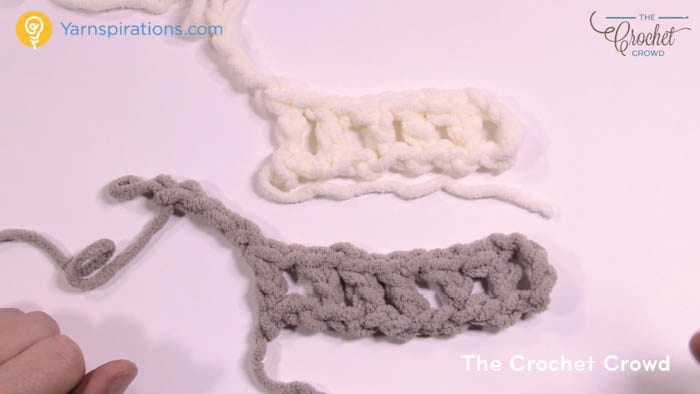
What Are the Meshes
The meshes are double crochet followed by ch 1 to create a ch-1 gap space. The secondary mesh will puzzle into the gaps of the first mesh. So to puzzle, the meshes have to be slightly different from each other.
The main colour mesh is the colour that appears at the border of the sides of the project. The secondary colour is the other colour that appears in between the gaps in the main colour mesh. The secondary colour will never be a border colour.
To help you do the meshes, the main mesh should be an even number. Like 16 or anything in the even number family for the starting chain count. For the secondary mesh, the chain count will be exactly 2 chains shorter. So for example, say 14. The shortage of 2 chains for the secondary allows the secondary mesh to puzzles in between.
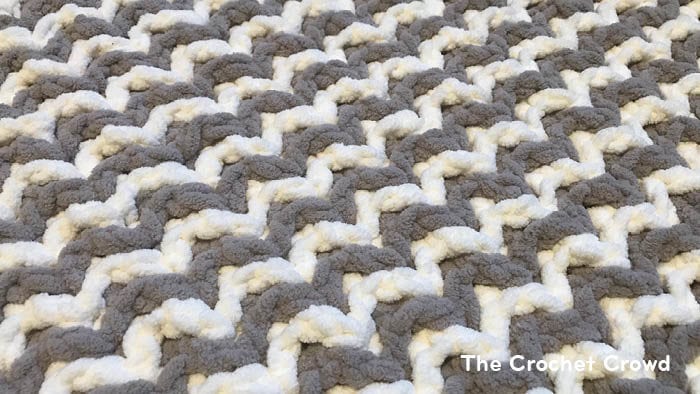
Thicknesses of Projects
The puzzling of the meshes together will form the project to be thicker than just using a standard yarn for a project. It can nearly double the thickness of a project with this concept. The stitches working around the meshes cause raised ridges and textures to create the looks achieved.
Photographs from The Tutorial
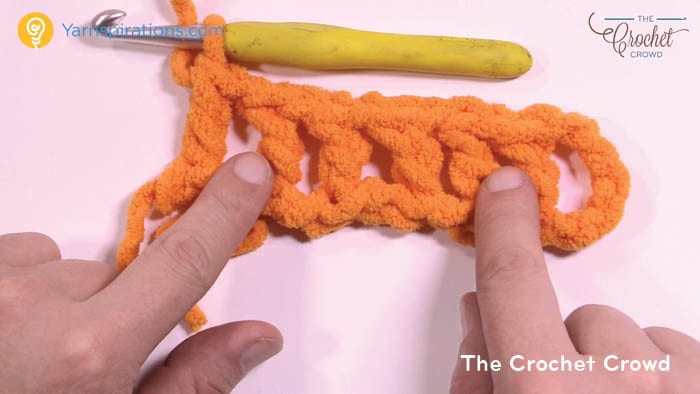
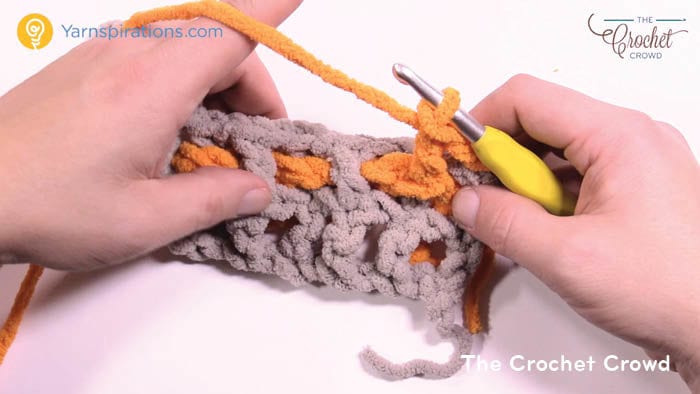
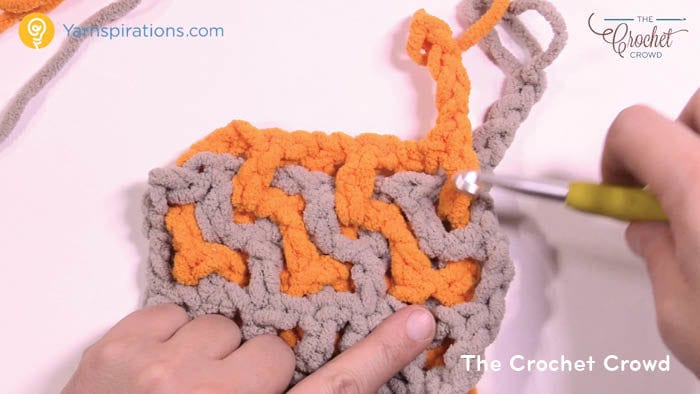
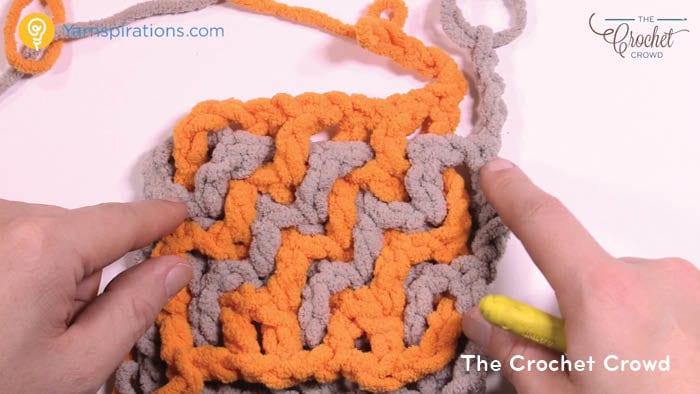
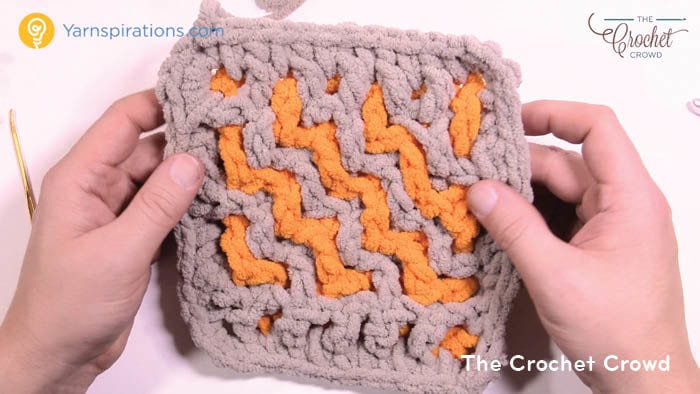
Mosaic Crochet Baby Blanket
The tutorial will show you how to create the Zig Zag as an example. The tutorial will walk you through what you need to know and key tips to identify the stitchwork to make it easier for you.
I am working with 8 mm / L Hook using Bernat Blanket as an example.
- 1.5 balls of Bernat Blanket Grey
- 1.5 balls of Bernat Baby Blanket Vanilla
Create your Meshes
- Chain 76 for the main mesh (Grey).
- Chain 74 for the secondary mesh (Vanilla.
Follow the tutorial on mixing them together to form the zig-zag. The only difference is the baby blanket will be wider.
- Do the zig-zag until the sample appears square.
- Finish off the sample as shown in the tutorial.
- Follow the border with doing sc in each stitch around. In corners place 3 sc.
- There is 1 round of dc in vanilla white. 1 dc in each, corners place 5 dc.
- The final round with grey is extended sc picot stitches.
The final round of this border has extended sc picot stitches. Fast forward to the 34:29 minute marker.
Sample Photos of the Mosaic Crochet Baby Blanket Zig Zag
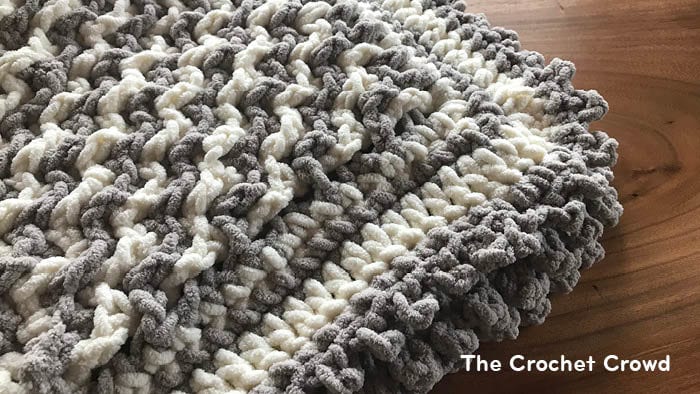
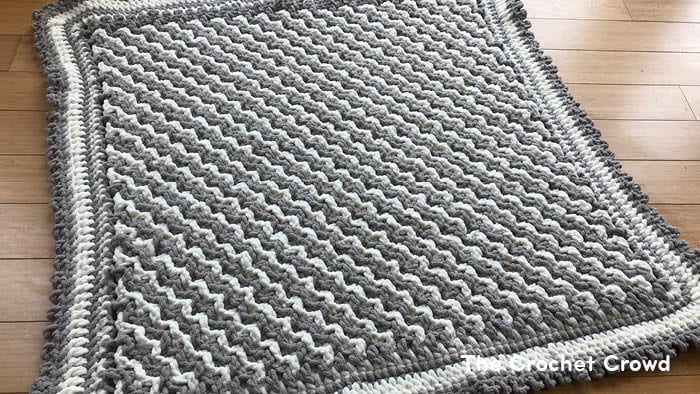
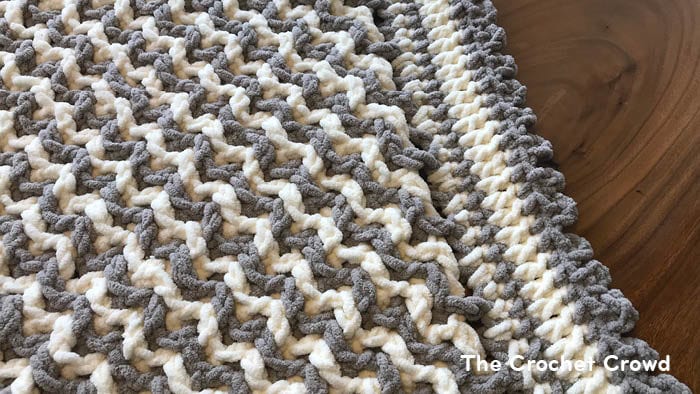
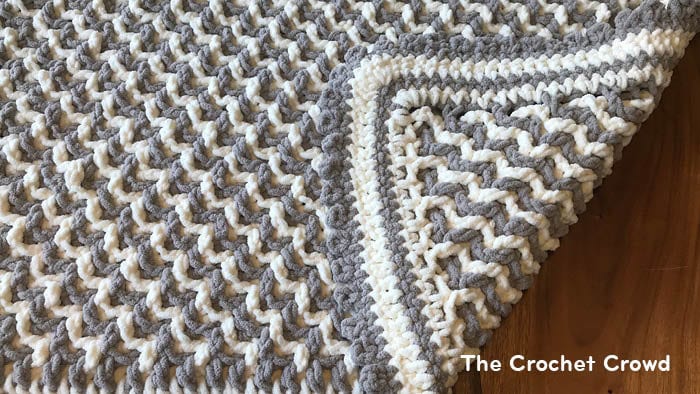
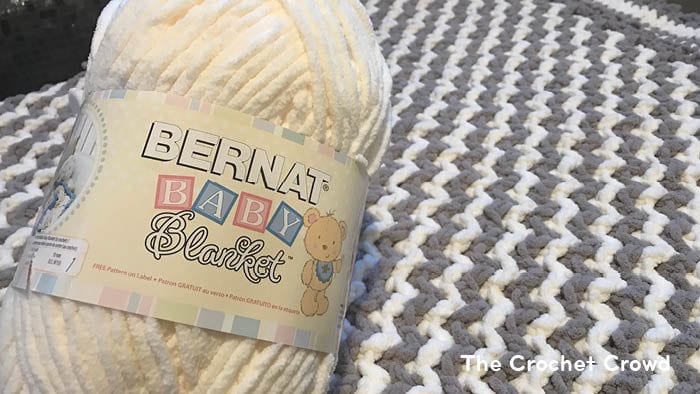
Tara S says
Mosaic Crochet and Interlocking Crochet are NOT THE SAME. Interlocking crochet (AKA Double Filet and Locking Crochet) is what you are showing. One creates lines by working a filet mesh around the filet mesh of the previous color, but both colors are technically the same row. When you look at the back, there is a different pattern than on the front. It is Double thick, thus the name Double Filet.
Mosaic Crochet is a different animal, and works like Mosaic Knitting by working one row (or round) in each color and using a taller stitch (sl st in knitting) to create the vertical lines. When you look on the back, you will see horizontal rows of each color in Mosaic Crochet if you use the sc in the BLO method, or the pattern reversed if you use Doris Chan's version. It is thinner.
Charts for Interlocking Crochet can be used for Mosaic Crochet. However, the same cannot always be said of Mosaic Crochet charts being used for Interlocking Crochet. The rules for Interlocking Crochet are very strict, and Mosaic Crochet can get away with a lot more.
Please help end the spreading of incorrect information by updating your page. Please remove all references to Mosaic Crochet from any tutorial on Interlocking Crochet. They are not at all the same. Thank you.
Mikey says
I checked with someone in the industry and they told me this information. Let me get back in touch with them with your details and see what they say. I didn't know anything about Mosaic Crochet before they told me.
Tiffany J Geier says
How big does this end up? How do I make it bigger?
Rachel Bale says
I believe this is actually interlocking crochet as done by Tanis Gilik https://interlockingcrochet.com/ or adapted in the wacky weave CALs by Hilda Steyn http://www.ilonaslowlifecreations.co.za/cals-kals/wacky-weave-1/ an example of Mosaic crochet can be found here https://www.lillabjorncrochet.com/2017/07/nya-mosaic-blanket-free-crochet-pattern.html looks similar but different technique.